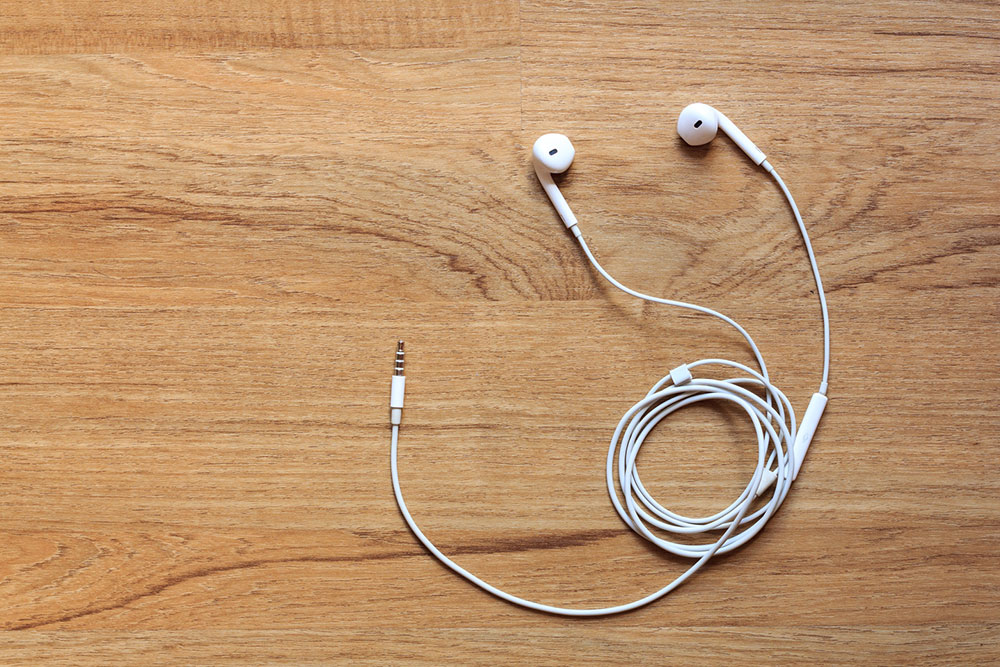11 mistakes to avoid when buying headphones and earbuds

The quest for the perfect pair of earbuds or headphones can be daunting yet exhilarating. As technology advances and options proliferate, the potential for missteps increases. A sound decision requires a deliberate consideration of individual preferences, intended use, and the unique features that contribute to a satisfying audio experience. By steering clear of the following pitfalls, consumers can ensure that their investment aligns with their expectations, bringing harmony to their auditory journey.
Ignoring the importance of fit and comfort
One of the common errors in purchasing earbuds or headphones is overlooking the significance of fit and comfort. Often, consumers prioritize technical specifications over the physical experience of wearing the device. While technical specifications are important, using uncomfortable devices can result in fatigue, irritation, and headaches. It’s important to consider factors like earbud size, adjustable headbands, and ergonomic designs. Every person has unique preferences and anatomical differences, so a one-size-fits-all approach does not work. It’s a good idea to check out devices that offer customization options, such as interchangeable ear tips or adjustable headbands, to ensure a snug and comfortable fit that enhances, rather than hinders, the overall audio experience.
Neglecting sound quality in favor of brand hype
In the age of influencer marketing and brand endorsements, it’s easy to fall into the trap of prioritizing brand recognition over actual sound quality. The mistake of choosing earbuds or headphones solely based on a popular brand’s reputation can lead to disappointment. Quality audio reproduction is subjective and varies from brand to brand. Consumers must prioritize their preferences, considering factors like sound signature, frequency response, and impedance rather than relying solely on the hype surrounding a particular brand.
Overlooking noise cancellation needs
Noise cancellation technology has become a significant feature in the world of audio devices, providing users with immersive and distraction-free listening experiences. One of the worst mistakes is overlooking the need for noise cancellation, especially in environments with constant background noise. Buyers must assess their listening environments and lifestyle to determine whether active noise cancellation (ANC) or passive noise isolation is essential for their specific use case, ensuring that the chosen device aligns with their expectations.
Disregarding battery life and connectivity options
In the era of wireless audio, battery life, and connectivity options are critical factors often underestimated or overlooked. Failing to consider how long earbuds or headphones can function on a single charge can lead to frustrating interruptions during use. Additionally, the choice between Bluetooth and wired connectivity impacts convenience and audio quality. Buyers should assess their usage patterns, considering factors like travel frequency and device compatibility, to make an informed decision on battery life and connectivity options that align with their needs.
Falling for the “more features, better product” fallacy
The market is inundated with earbuds and headphones boasting a plethora of features, from touch controls to fitness tracking capabilities. However, assuming that more features equate to a better product is a common mistake. While additional functionalities can enhance the user experience, they may also introduce complexities and potential points of failure. Buyers must prioritize essential features aligned with their intended use, avoiding the allure of unnecessary bells and whistles that might compromise the device’s core audio performance.
Neglecting reviews and user feedback
In the age of online shopping, neglecting to read reviews and user feedback is a grave mistake. The experiences of other consumers can provide invaluable insights into the strengths and weaknesses of a particular earbud or headphone model. Users should explore reputable review platforms and forums to gather diverse perspectives, ensuring they make an informed decision based on real-world experiences rather than relying solely on product descriptions and marketing claims.
Dismissing the importance of return policies
Overlooking return policies and warranty information can be a costly oversight. If the chosen earbuds or headphones do not meet consumers’ expectations or encounter issues, a flexible and consumer-friendly return policy becomes crucial. Buyers should familiarize themselves with the return and warranty terms of the seller or manufacturer to avoid potential frustration and financial loss in the event of product dissatisfaction or malfunctions.
Disregarding compatibility with devices
Failing to consider device compatibility is a critical oversight when purchasing earbuds or headphones. Buyers should ensure that the chosen audio device is compatible with their smartphone, tablet, laptop, or any other gadget they intend to use. Some earbuds may be optimized for specific operating systems, potentially limiting functionality on other platforms. Checking compatibility ensures a seamless integration into the user’s digital ecosystem.
Ignoring the importance of water and sweat resistance
For individuals with active lifestyles or those who plan to use their earbuds during workouts, neglecting water and sweat resistance features can lead to premature device failure. Earbuds or headphones without adequate protection may succumb to moisture, impacting both functionality and hygiene. Buyers engaging in physical activities should prioritize devices with an IPX rating, indicating resistance to water and sweat, ensuring durability and reliability during workouts or outdoor adventures.
Underestimating the importance of battery charging time
While battery life is a crucial consideration, buyers often overlook the charging time required to replenish the device’s battery. Some models may boast impressive battery life but have lengthy charging times. This oversight can lead to inconvenient downtime, especially for users who rely on their earbuds or headphones throughout the day. Considering both battery life and charging time ensures a balanced approach to uninterrupted audio enjoyment.
Disregarding customer service and support
The importance of responsive customer service and reliable support cannot be overstated. Overlooking the reputation of a brand or seller in terms of customer service may result in frustration when seeking assistance for technical issues, warranty claims, or returns. Buyers should prioritize brands and retailers with positive reviews for their customer support, ensuring a smooth and reliable experience in case any challenges arise after the purchase.









